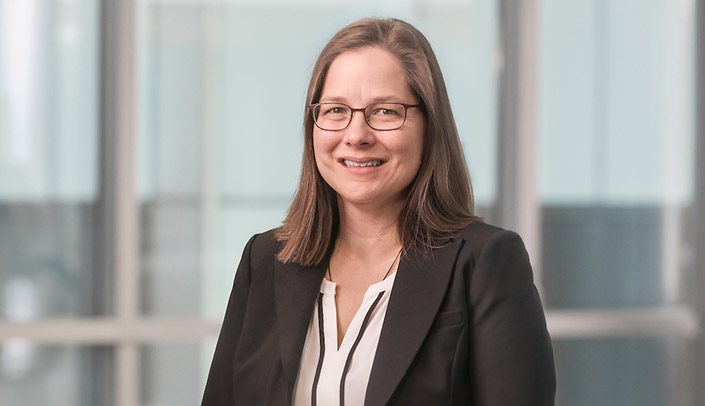You may have read a Facebook post or seen an anecdotal headline telling you how children are or are not affected by the novel coronavirus — but what’s the real truth about kids and COVID-19?
Alice Sato, MD, PhD, assistant professor of pediatric infectious diseases and hospital epidemiologist for Children’s Hospital & Medical Center, is second author on a new manuscript, “A Pediatric Infectious Disease Perspective of SARS-CoV-2 and COVID-19 in Children,” recently published in the Journal of the Pediatric Infectious Diseases Society.
Highlights
Other highlights from the paper:
- SARS-CoV-2 transmission has not been documented via human milk ingestion, so expressed human milk or direct breastfeeding is supported for women with COVID-19.
- Infection prevention strategies must recognize that children require the presence of adult family members during outpatient and inpatient care.
- Children live in family and group home situations that may not allow for separation if someone in the home is infected or exposed.
- Clinical trials of medications and vaccines need to involve pediatric patients and pregnant women.
- Children’s family and peer networks can be greatly disrupted due to COVID-19 in their communities, which would be expected to worsen disparities in health and education.
While the report was intended for pediatric researchers and clinicians, its insights also are valuable for parents, school officials, caregivers and other non-health care professionals.
First, Dr. Sato said, we are learning new things every day about this infection in all age groups. But we especially have less information, by the numbers, on children and this disease.
Many children infected with COVID-19 had mild, moderate or even no symptoms. And, as parents and teachers can tell you, we often don’t realize kids are sick until we’ve noticed other behavior changes. Without widespread testing of asymptomatic contacts, cases of infection in children are easily missed.
That is significant because the study finds “children may represent an important reservoir of infection within the community, especially those with higher viral loads who escape recognition because they manifest less severe disease.”
While children may have mild cases, or not even realize at all that they have it, serious health problems can come later for kids who have had COVID-19.
“Several European countries noted increasing numbers of children with systemic inflammation and clinical features resembling both Kawasaki Disease and toxic shock syndrome,” the study said. In the U.S. we call this Multisystem Inflammatory Syndrome in Children (MIS-C).
Dr. Sato said there have been approximately 10 such cases in Omaha, requiring admission to the intensive care unit. “We are learning about it as we take care of them,” she said.
And while most kids won’t get seriously ill themselves, they are just kids, and have no control over the world around them. So, Dr. Sato said, they will be greatly affected by the sickness or death of loved ones and caregivers, economic stress and school closures, thanks to COVID-19.
Kids need to be in school, Dr. Sato said, and are missing out immeasurably during this pandemic. Many even are at risk without the safety, nutrition and support school can provide.
But, “the real way to open schools is to get community numbers down first,” she said.
How? “Wear a mask all the time.”
